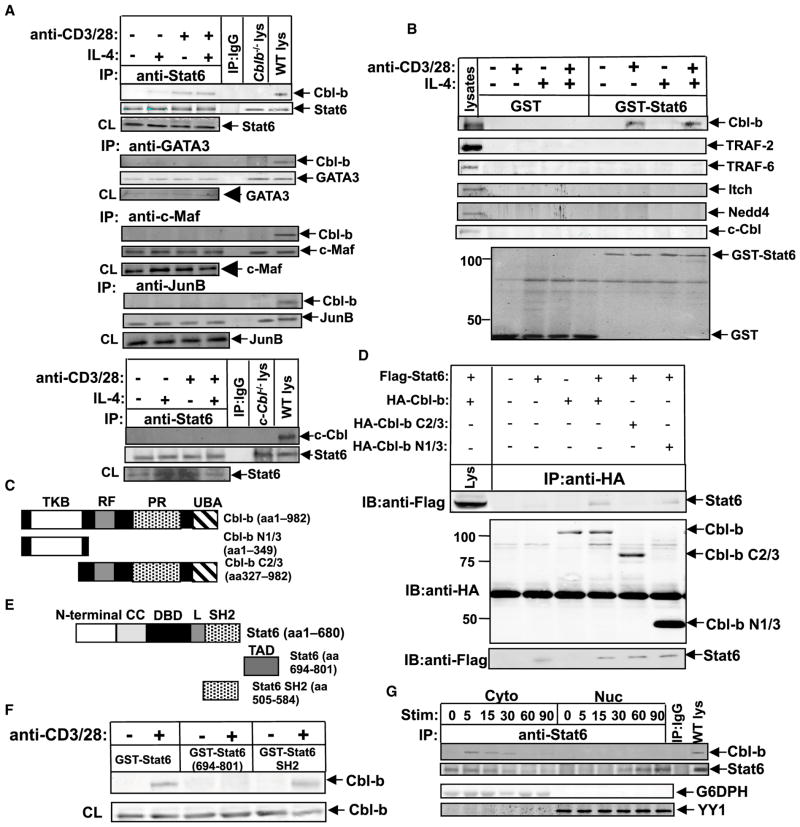Figure 4. Stat6 Specifically Associates with Cbl-b upon IL-4 or TCR/CD28 Stimulation.
(A) Immunoprecipitation (IP) of proteins from CD4+ T cells purified from BALB/c mice treated with mouse IL-4 (5 ng/ml), anti-CD3 plus anti-CD28, or both for 15 min with anti-Stat6, anti-GATA-3, anti-c-Maf, and anti-JunB, respectively, and blotted with anti-Cbl-b or anti-c-Cbl.
(B) Affinity precipitation of lysates from CD4+ T cells stimulated with IL-4 or anti-CD3 plus anti-CD28, or both with GST or GST-Stat6 (aa 1–680), captured by glutathione sepharose beads, and analyzed by immunoblot analysis with antibodies against Cbl-b, Itch, TRAF-2, TRAF-6, c-Cbl, and Nedd4. The expression of GST fusion protein was confirmed by anti-GST immunoblotting.
(C) Schematic design of Cbl-b mutants.
(D) Top: IP of proteins from lysates of 293T cells transiently transfected with Flag-tagged Stat6 and HA-tagged Cbl-b, or Cbl-b N1/3 or Cbl-b C2/3 mutants and treated with IL-4 with anti-HA, followed by immunoblot analysis with anti-Flag. Middle and bottom: immunoblot analysis of whole-cell lysates with anti-HA and anti-Flag.
(E) Schematic design of Stat6 mutants.
(F) Affinity precipitation of proteins from lysates of BALB/c CD4+ T cells stimulated with or without anti-CD3 and anti-CD28 with GST-Stat6, GST-Stat6 TAD, or GST-Stat6 SH2 mutant, captured by glutathione sepharose beads, and analyzed by immunoblot analysis with anti-Cbl-b. Immunoblot analysis of whole-cell lysates with anti-Cbl-b was used as a loading control.
(G) Top: IP of cytosolic and nuclear extracts of naive WT CD4+ T cells stimulated with anti-CD3, anti-CD28, and IL-4 for 0, 5, 15, 30, 60, and 90 min with anti-Stat6, and blotted with anti-Cbl-b and anti-Stat6, respectively. Bottom: Immunoblot analysis of the cytosolic and nuclear extracts with anti-G6DPH (for detection of cytoplasmic protein), and anti-YY1 (for detection of nuclear protein), respectively. Data represent one of three independent experiments.

